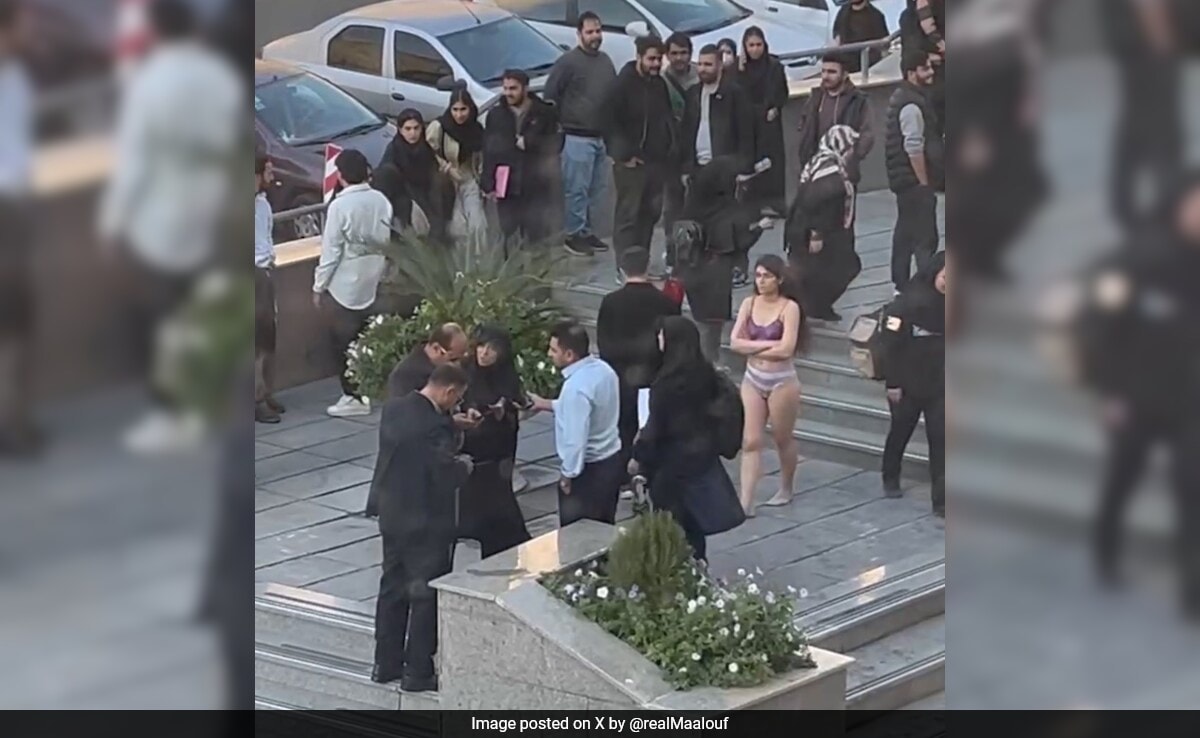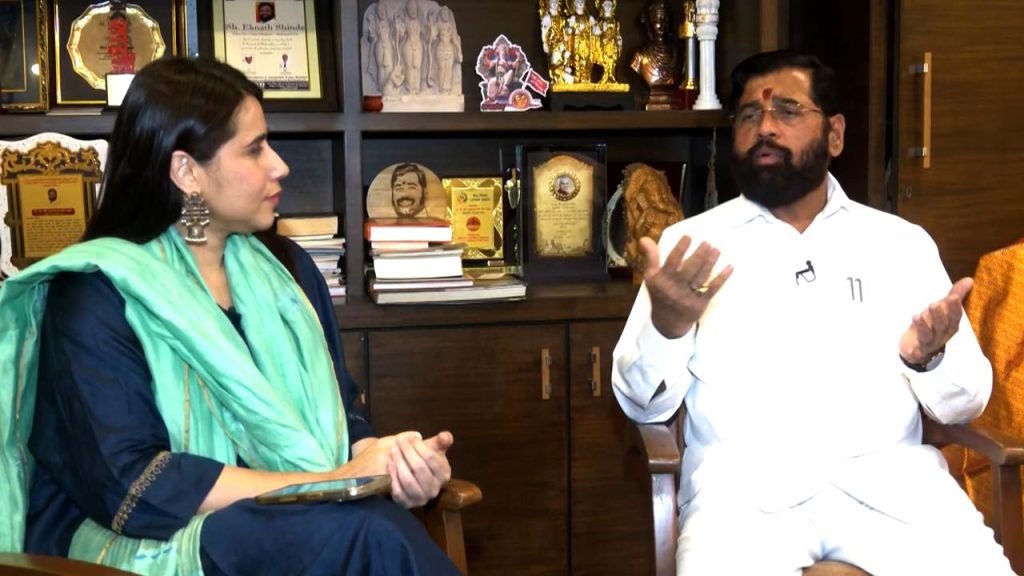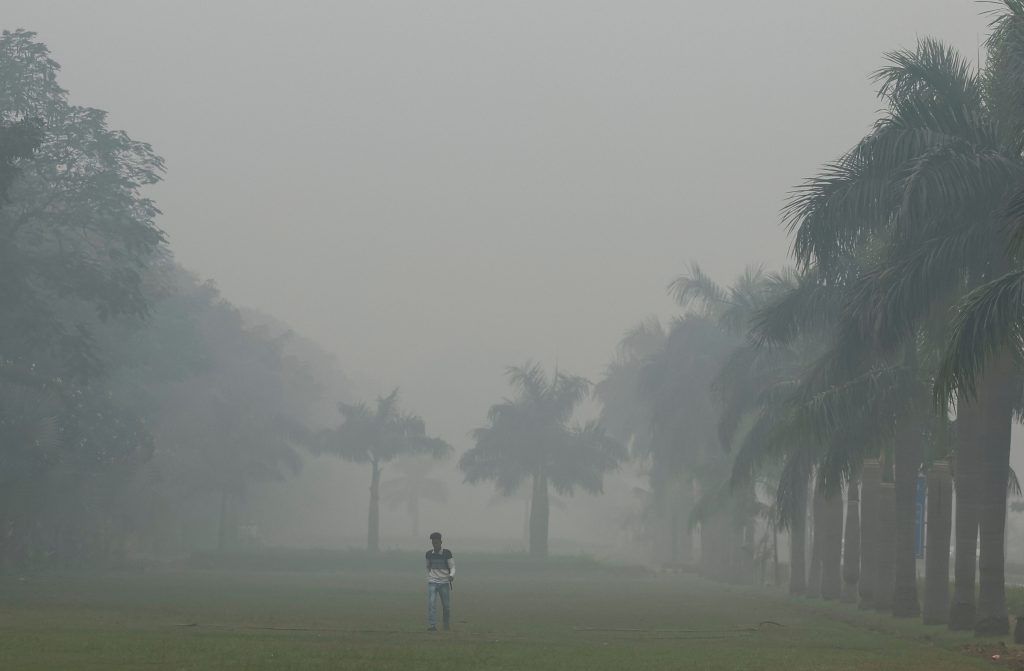Two days ago, a video surfaced showing an Iranian woman stripping down to her underwear to protest harassment by the moral police at a university in Tehran. Footage on social media showed her being bundled into a car by men in plain clothes and being driven off to an undisclosed location.
The woman, who has not been identified, was allegedly harassed inside Tehran’s prestigious Islamic Azad University by members of the Basij paramilitary force who ripped her headscarf and clothes, according to reports by several news outlets and social media channels outside Iran.
Azad University’s public relations director Amir Mahjob said in a post on X that the student, separated from her husband and a mother of two, “had a mental disorder”. Local newspaper Farhikhtegan too stated that she had been admitted to a mental health facility.
Two days later, her whereabouts remain unknown, which has prompted Amnesty International’s Iran chapter to call for her immediate release. “Authorities must protect her from torture and other ill-treatment, and ensure access to family and lawyer. Allegations of beatings and sexual violence against her during arrest need independent and impartial investigations,” the organisation said.
Mai Sato, the United Nations Special Rapporteur on the Islamic Republic of Iran, said on X that she would be “monitoring this incident closely, including the authorities’ response.”
It is mandatory for women in Iran to wear a headscarf and loose-fitting clothes in public, the violation of which had led to the arrest of Iranian-Kurdish Mahsa Amini in 2022. Later, she died in custody, leading to vehement protests across the country where women removed and event burnt their headscarves. Iranian actress Hengameh Ghaziani was among those detained for removing her hijab on Instagram in solidarity with the movement. A subsequent crackdown left over 500 protesters dead.
Iran’s morality police or Gasht-e-Ershad was established in 2006 to ensure the strict implementation of veiling laws that have existed since the 1980s. They patrol public places and have been present increasingly in schools and colleges, and monitor women’s attire.
Since then, women have been protesting these laws, by wearing tight clothes or showing their hair in public and on social media.









